Dacia Bigster 2025 Review – The New family SUV
The 2025 Dacia Bigster– bigger, braver, and made to revamp up the family SUV segment. From its tough looks, interior and tech, performance, safety, and India launch as the Renault Boreal, here’s a detailed review of the SUV the world is buzzing about.
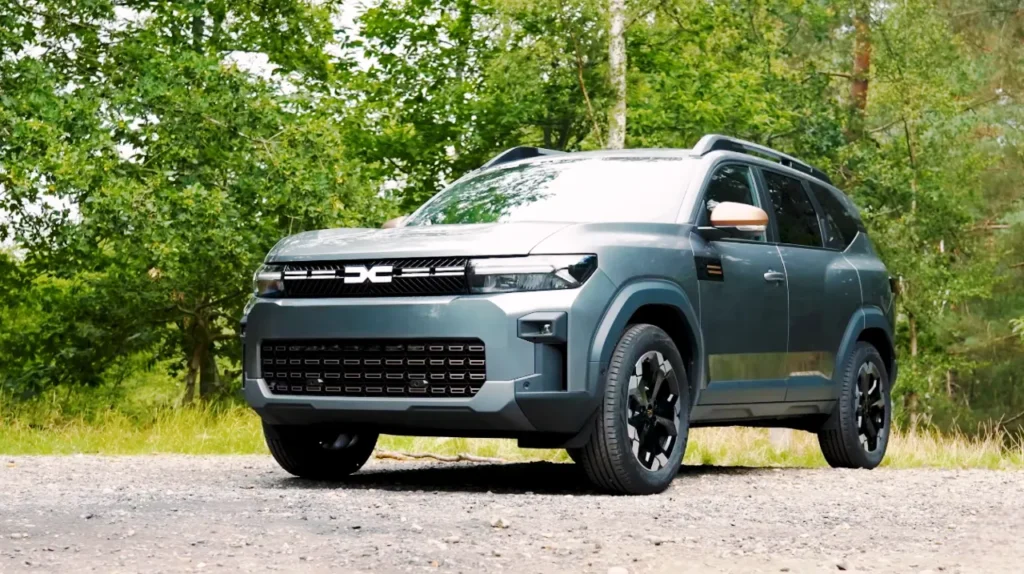
A Small Brand With Giant Dreams
Not all car marques are born global giants. Some creep up on us through the back door with nothing more than a shrewd business plan and the conviction that cars don’t have to cost the earth to be good. Dacia is one of them.
Established in Romania in 1966, Dacia spent decades producing reliable, cheap cars for people who couldn’t care less about badges. But its actual break came when Renault adopted it as its own. Overnight, the small Eastern European manufacturer gained access to Renault’s platforms and technology—but retained its thrifty soul intact.
Then, along came the Dacia Duster in 2010. No one had much hope. And yet, the Duster turned out to be the SUV that epitomized “value for money.” It wasn’t flashy, but it was rugged, functional, and affordable for real people. The sort of SUV that took the kids to school on weekdays and tackled mountain roads at weekends—all without bankrupting you.
The success of the Duster start the plan: If Dacia could make a small SUV which shook up the market, why stop there? Why not an SUV that was a bit bigger, a full-on C-segment challenger which could match wits with the likes of the Kia Sportage, Hyundai Tucson, and VW Tiguan—yet still be cheaper?
Thus was born the Dacia Bigster.
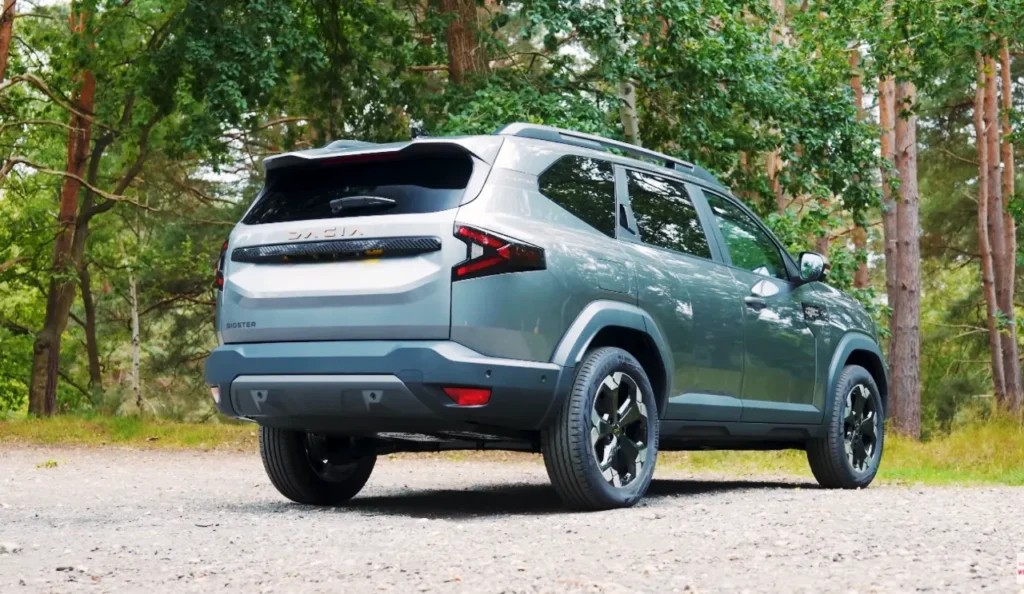
First Impressions – A Big Statement
The Bigster itself is a statement of purpose. This SUV doesn’t whisper, it roars. At 4.57 meters in length, it’s clearly larger than the Duster, with wide shoulders, square-edged arches, and an attitude that says business.
In terms of design, the Bigster succeeds in being rugged and contemporary at the same time. The Y-shaped LED signature lights (a Dacia hallmark), the elevated ride height, and the bulky body cladding all endow it with an off-road feel. Yet restraint enters in, too—straight lines, no over-battered folds, and a sort of integrity of design that reflects the brand’s DNA.
It’s a vehicle that appears equally at home idling outside an urban café as it does in front of a mountain lodge.
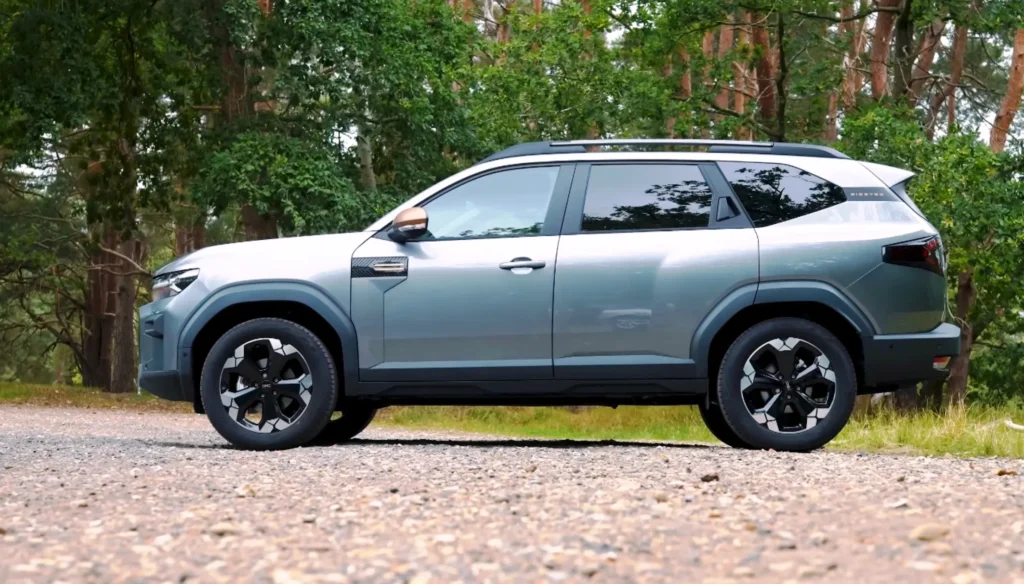
Life Inside – Simple, Spacious, Smart
Come inside, and the Bigster doesn’t go out of its way to impress you with luxury. Rather, it gains your confidence by being practical.
Build Quality: The materials are tough instead of plush. Hard plastics prevail, but they’re well constructed, made to endure years of family use. It’s an interior that won’t get old fast, regardless of how many muddy boots or spilled beverages it sees.
Space: With ample legroom and a 612–677-liter boot, space is the Bigster’s upper hand. For families, that translates into fewer compromises—more space for luggage, pets, or weekend excursions.
Tech Features: The interior boasts a 10.1-inch touchscreen, wireless Apple CarPlay/Android Auto, and a digital driver’s display. Uper trims also offer a panoramic sunroof, dual-zone climate control, an electric tailgate.
It’s not a cabin that lures you—it’s a cabin that assists with you. And in a family SUV, arguably that’s more valuable.
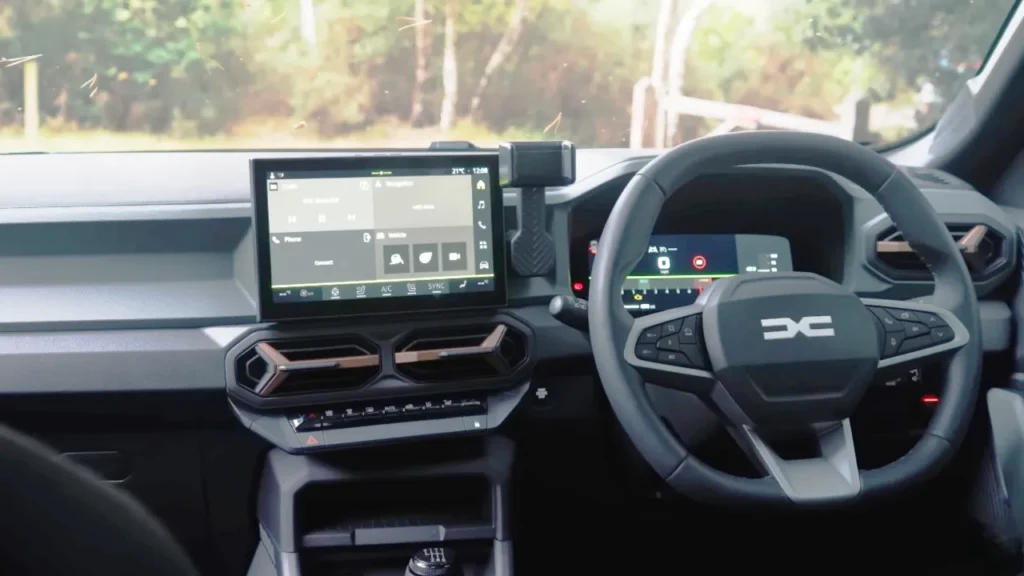
Under the Hood – Real-World Performance
The Bigster is not attempting to be a sports SUV. Rather, it’s been tuned for balance, economy, and real-world practicality.
1.2L Mild-Hybrid Petrol (140 hp) – A 3-cylinder turbocharged engine with the added benefit of a mild-hybrid boost. Sufficient power for day-to-day driving, with optional AWD for those who require additional traction.
ECO-G LPG (140 hp) – The smart dual-fuel solution that will run on both petrol and LPG, providing affordable running costs.
1.8L Hybrid (155 hp) – A full-hybrid setup with two electric motors, designed for seamless city driving and reduced fuel consumption.
Performance are, from 0–100 km/h in 9.7–11.2 seconds, depending on engine choice. Not breathtaking, but perfectly respectable for its class. Where the Bigster shines is the good ride quality. Its suspension is tuned for comfort, shrugging off potholes and rough patches with ease. Add in 220 mm of ground clearance, and you’ve got an SUV that’s not afraid to leave the city.
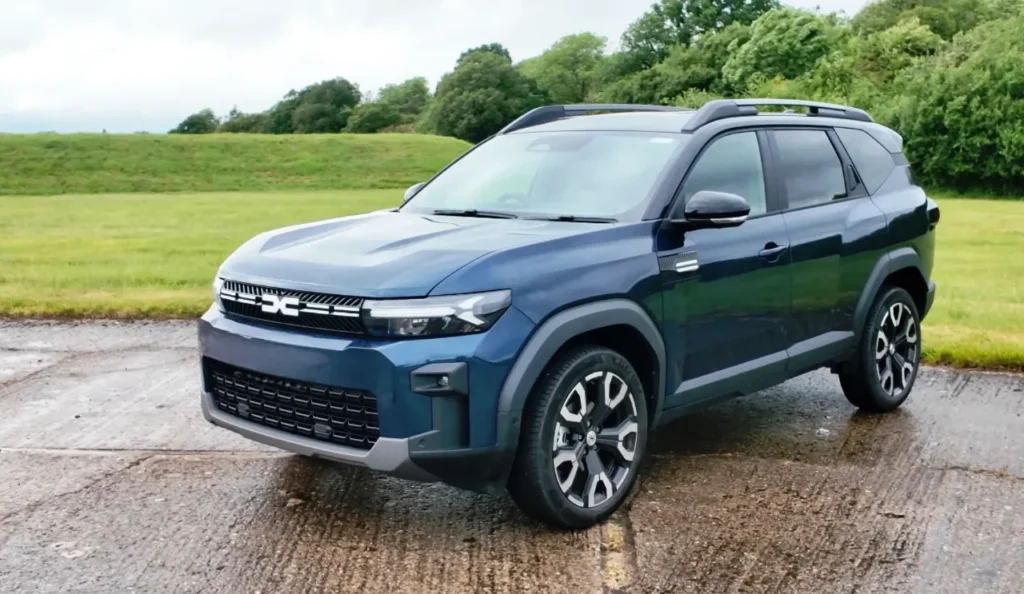
Safety – Room to Grow
Safety is where the Bigster’s frugal DNA manifests. Yes, it has features such as:
ABS, EBD, ESP
Several airbags
Lane keep assist and emergency breaking (on upper trims)
Rear-view camera and parking sensors
But in Euro NCAP tests, it was rated 3 out of 5 stars. That’s reasonable but not best-in-class. Families that demand maximum safety features may find competitors more comforting. Yet, for the money, the Bigster does the basics—and that’s usually sufficient for its target audience.
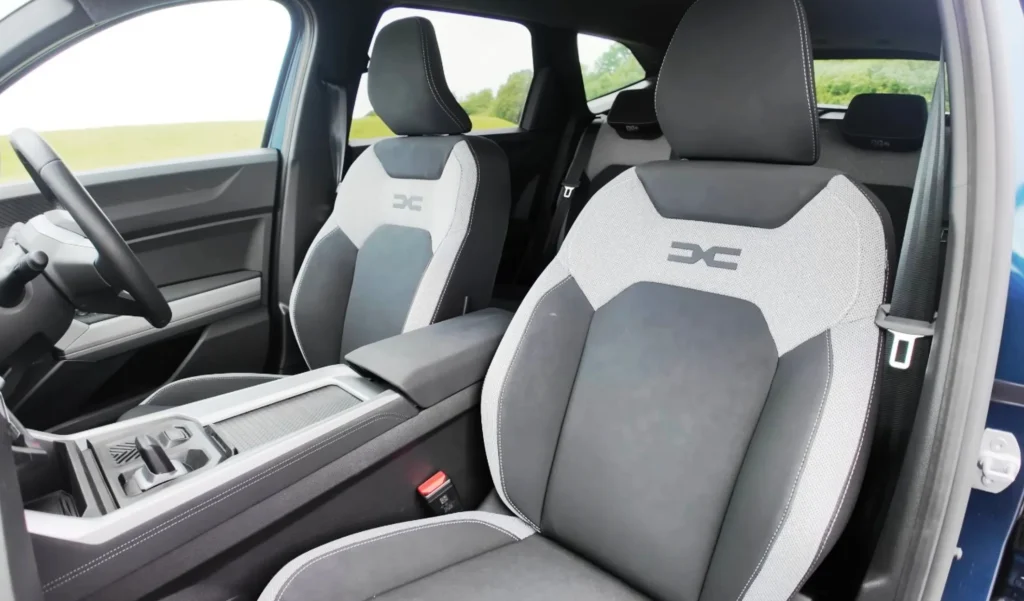
What It Can Really Do – Everyday Capability
SUVs tend to come under fire for being fashion statements and not actual utility vehicles. The Bigster defies that concept.
Availability of AWD makes it more competent than most “soft-roaders.”
Hill descent control assists in slippery conditions.
Comfort for long distances makes it a great road tripper.
Practicality for daily use means it performs equally well in metropolitan traffic as on twisty mountain roads.
It’s not designed for extreme off-roading, but for family buyers who want an SUV that’s just as comfortable in town as it is in the countryside, the Bigster is the one.
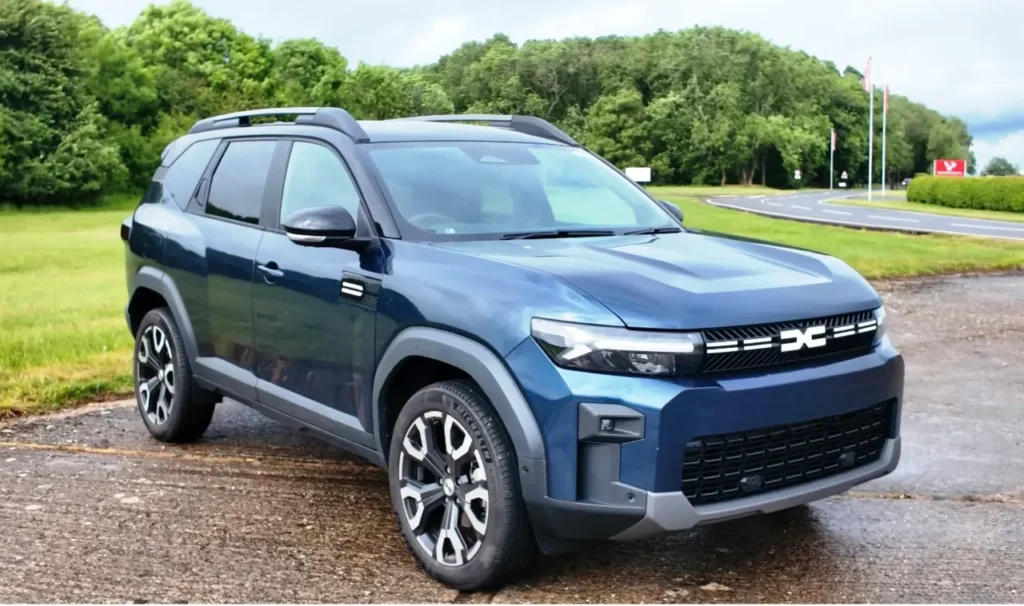
Price and Market Positioning
This is where Dacia gets to play its best card.
In Europe/UK: The Bigster will begin at approximately £25,000 (€28,000), and top-of-range models will come in under £30,000. In a market where rivals are quietly exceeding £40,000, that’s revolutionary pricing.
In India: The Bigster will make its debut as the Renault Boreal in 2026, likely in 7-seater form. Predicted prices: 12–18 lakh (ex-showroom).That puts it right against the Hyundai Alcazar, Tata harier, and MG Hector Plus. If Renault delivers on features, it could upset the mid-size SUV market.
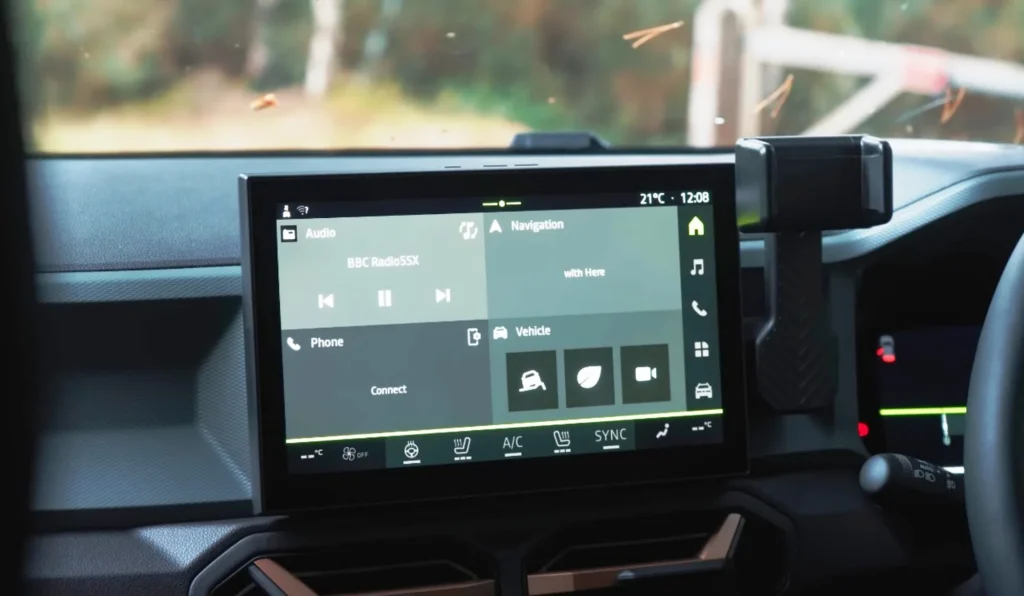
Pros and Cons
Pros:
Brutish, confident styling
Enormous boot space and spacious cabin
Affordable pricing against the competition
Hybrid and LPG engine options
Capable AWD system and ground clearance
Cons:
Cabin plastics feel basic
Average safety rating (3-star Euro NCAP)
Not performance-focused
Lacks luxury polish of pricier rivals
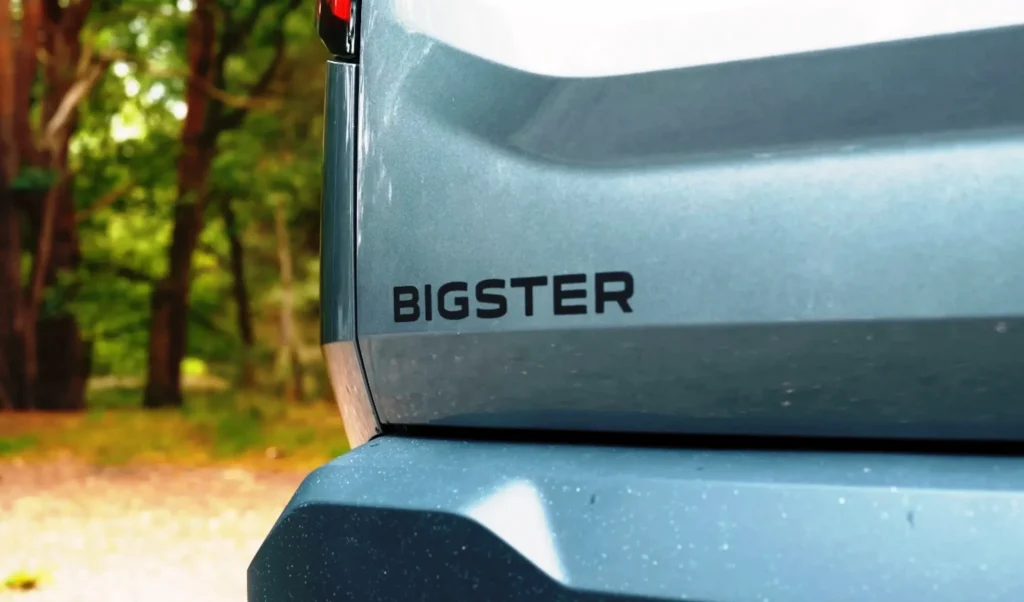
Verdict – The Honest SUV
The Dacia Bigster is not just perfect but it’s practical. It puts space, realism, and affordability at the top of its list. It forgoes plushness and premium polish, but delivers where it counts most to real families.
For Europe, it’s a smart, value-packed alternative to overpriced rivals. For India, the Renault Boreal could become a blockbuster if priced aggressively. In a world where SUVs are becoming status symbols, the Bigster proudly says: “I’m here to work, not to pose.”
And that honesty might just be its biggest strength.

FAQs
Q1: Is the Dacia Bigster coming to India?
Yes, as the Renault Boreal, expected in 2026.
Q2: How much boot space does the Bigster have?
Between 612 and 677 liters.
Q3: What are the engine choices available for the Bigster?
A 1.2L mild-hybrid petrol, an LPG-compatible model, and a 1.8L full hybrid.
Q4: How safe is the Dacia Bigster?
It received 3/5 stars in Euro NCAP, providing basic safety equipment but not class-leading protection.
Q5: How much will the Renault Boreal sell for in India?
Expected between ₹12–18 lakh (ex-showroom)


